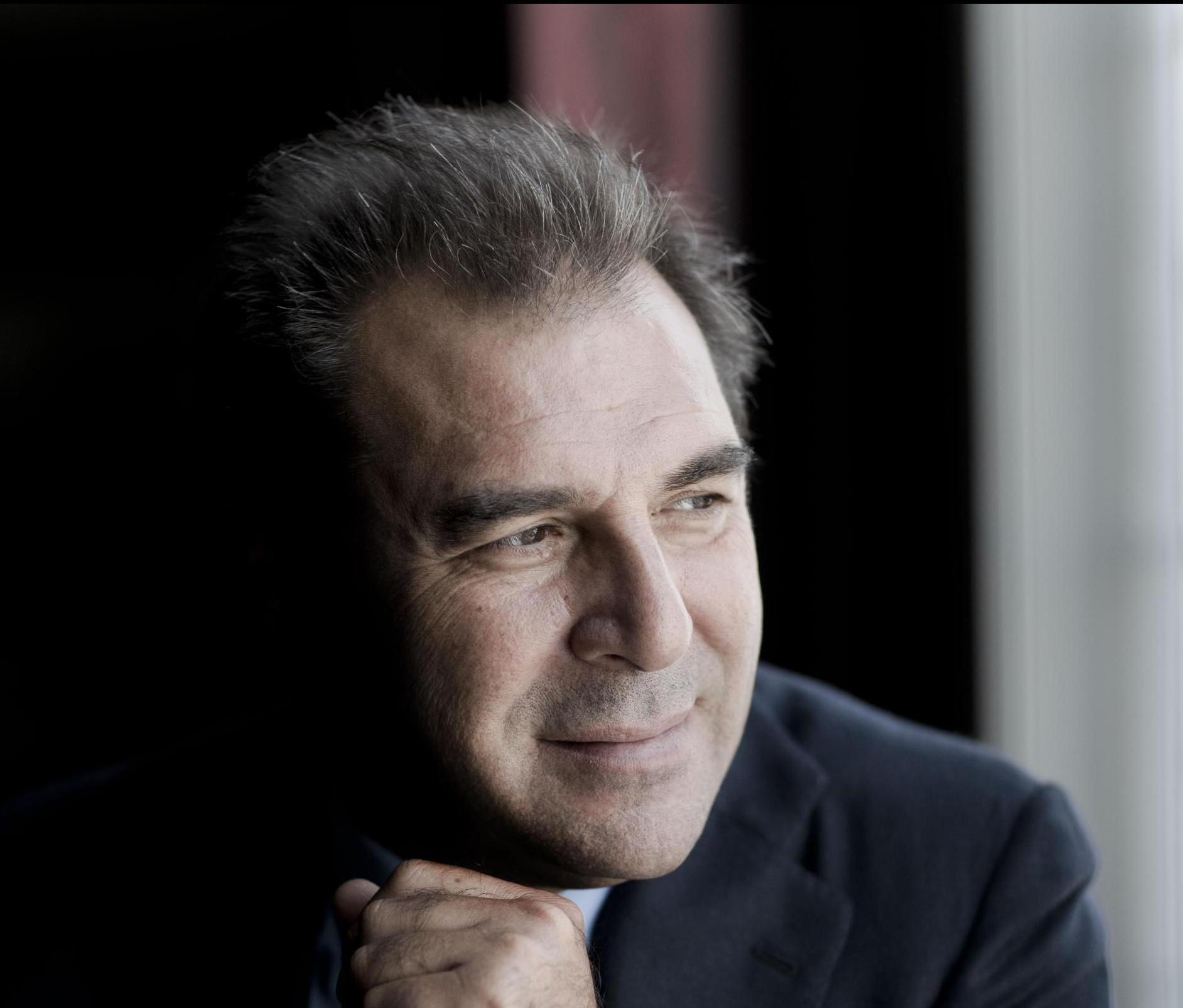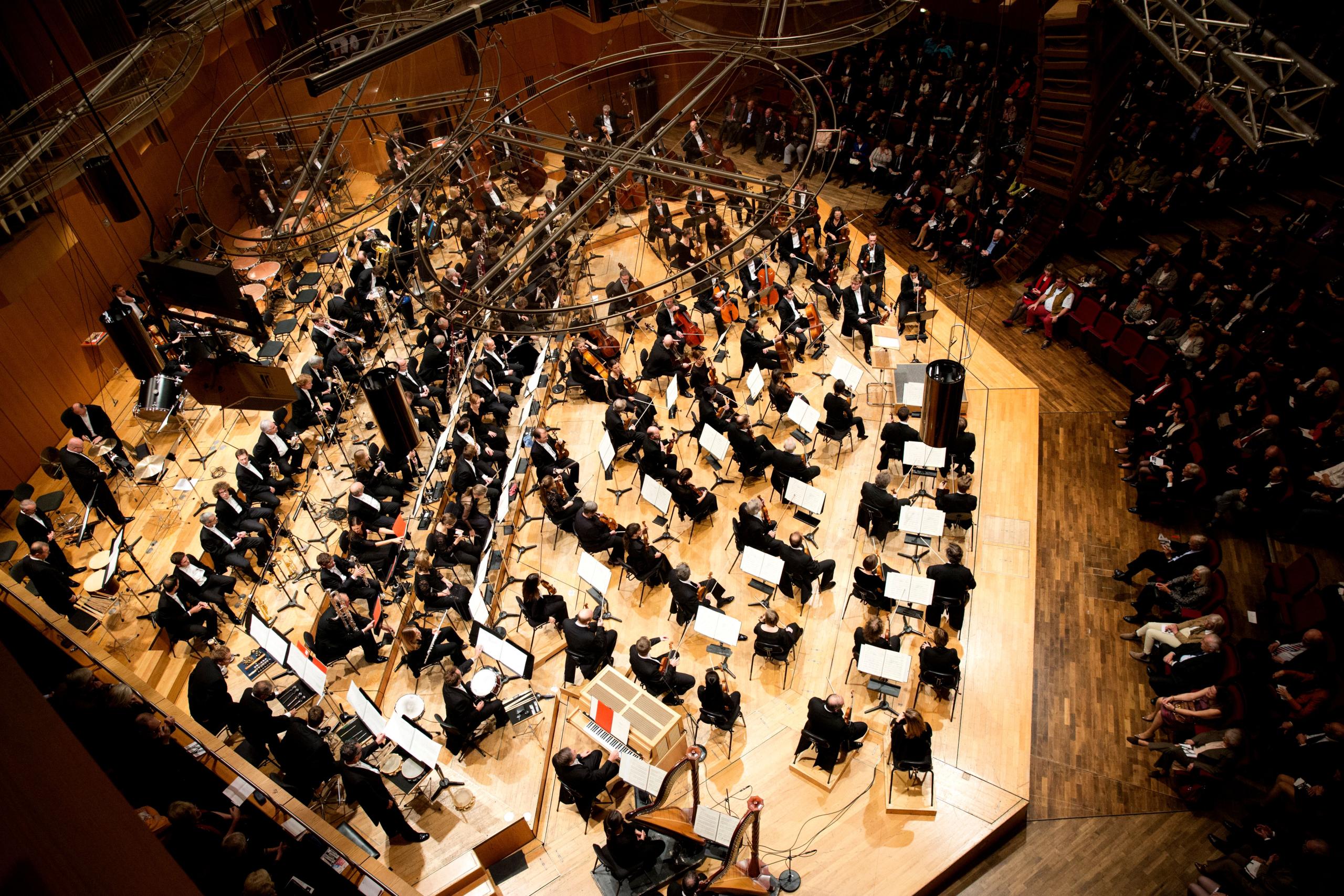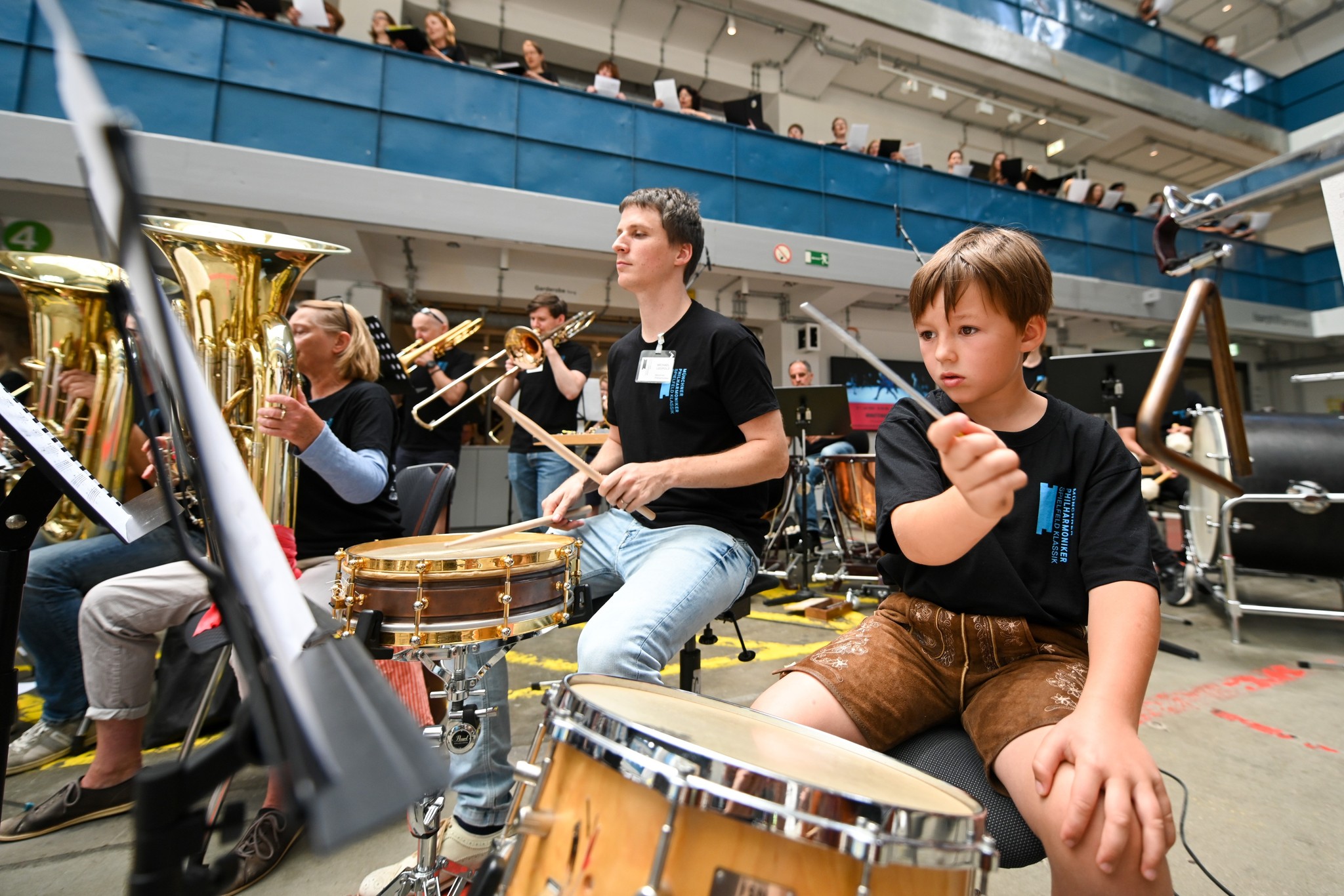Munich Philharmonic: MahlerDaniele Gatti (conductor)
This event is in the past.

Among Gustav Mahler’s sizeable symphonic oeuvre, the multi-layered Seventh stands out with its interplay between emotional extremes, between sorrow and bliss, darkness and light.
This event is in the past.
Among Gustav Mahler’s sizeable symphonic oeuvre, the multi-layered Seventh stands out with its interplay between emotional extremes, between sorrow and bliss, darkness and light.
- Munich Philharmonic
- Daniele Gatti, conductor
In its final movement, the Symphony No 7 culminates in an unbridled rapture of joy. Nothing quite compares in any of Mahler’s other symphonies. Some Mahler aficionados, such as Bruno Walter, steered clear of the spectacle of cheer and jubilation. Arnold Schönberg, on the other hand, affirmed in 1909 – at a time when he had long since committed to atonality – that the No 7 had entirely converted him to Mahler and made him forget the problematic nature of many an earlier symphony. Mahler himself thought highly of this symphony because of its “predominantly cheerful character”, describing it simply as his “best work”. Despite this, it is rarely performed – a fact that Daniele Gatti, principal conductor designate of the Sächsische Staatskapelle Dresden intends to change.
Programme
Gustav Mahler: Symphony No 7 in E minor





